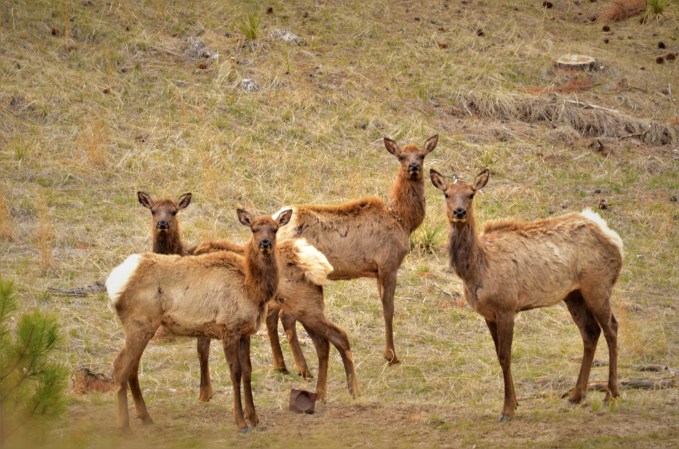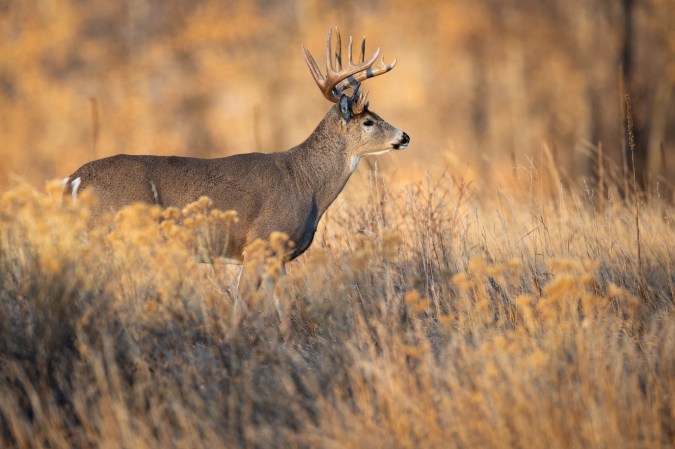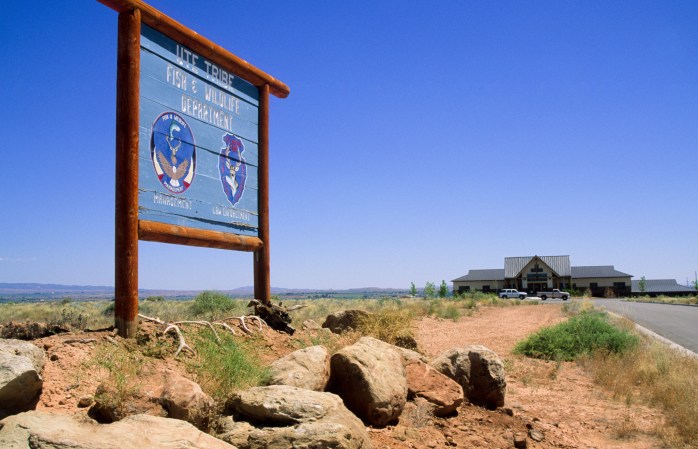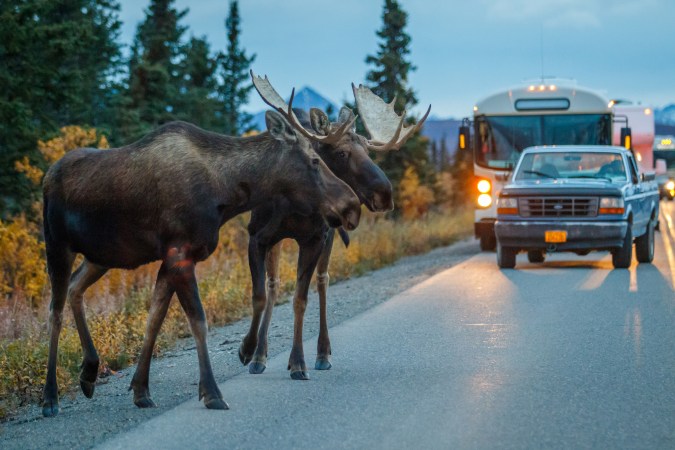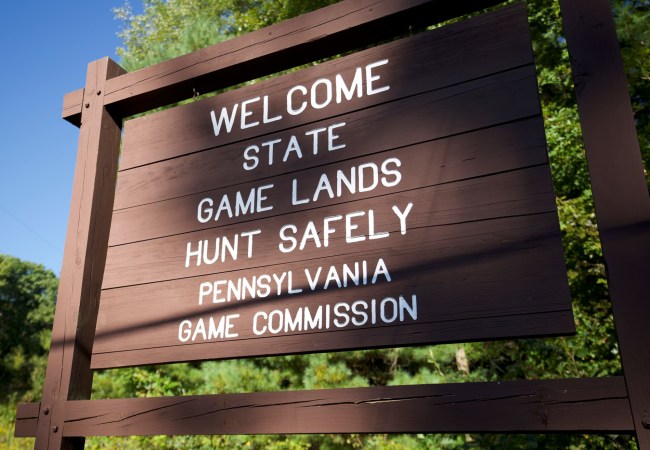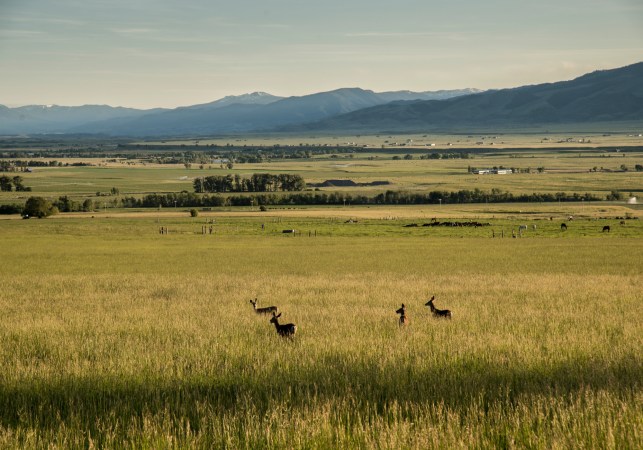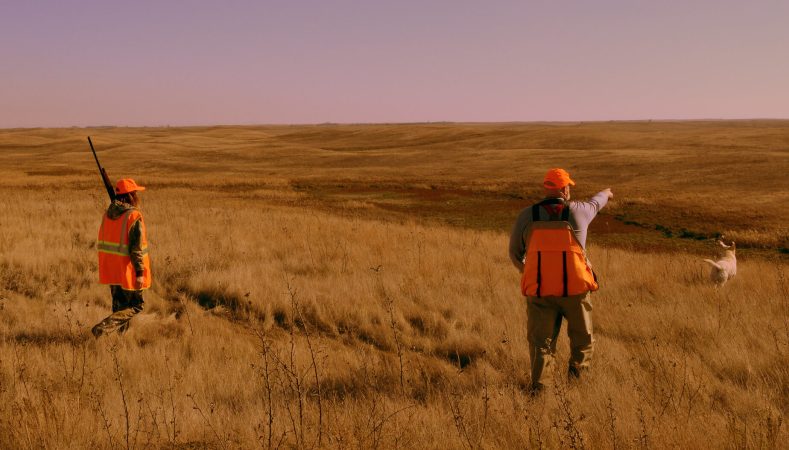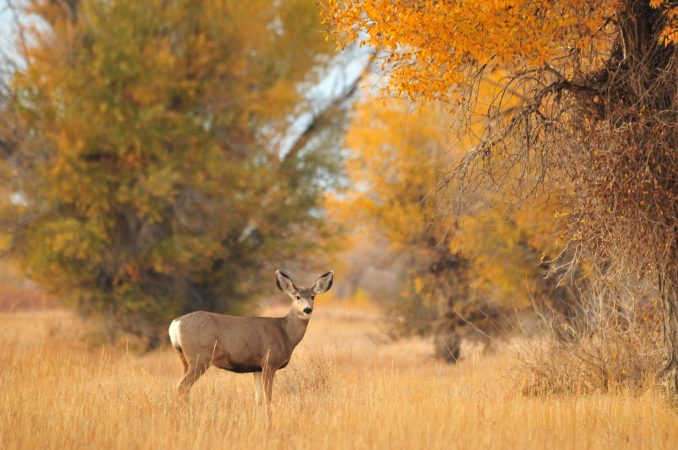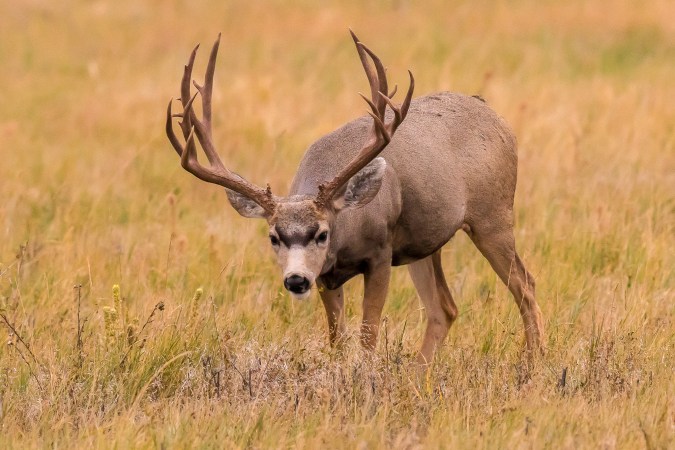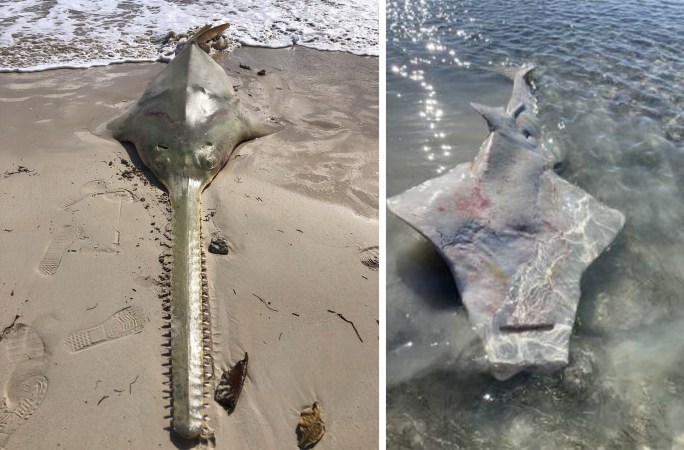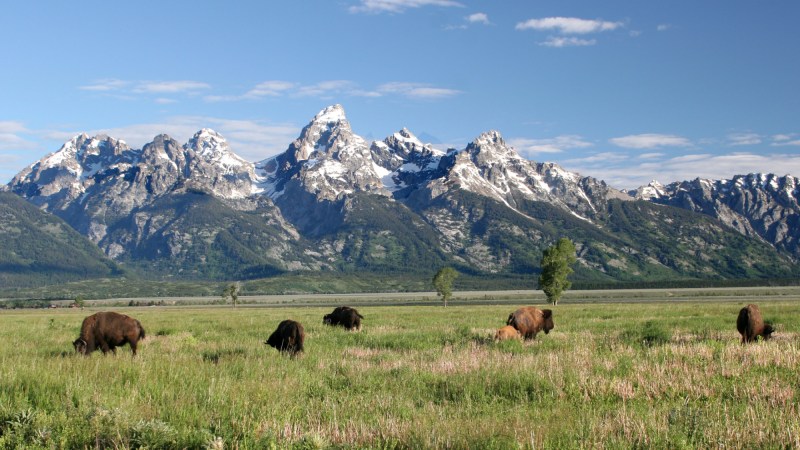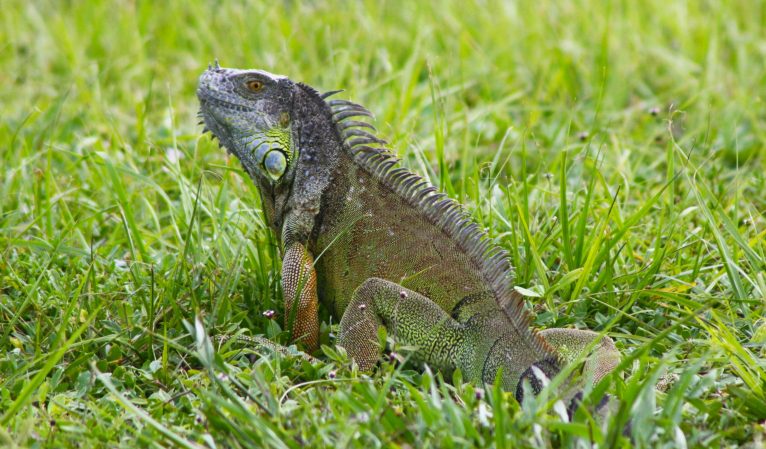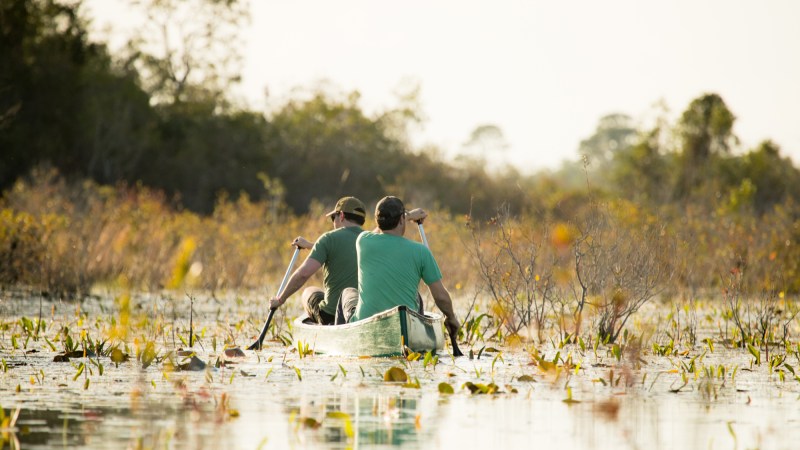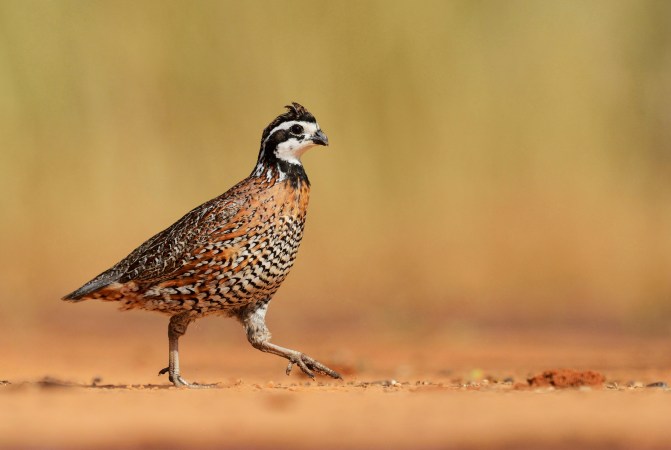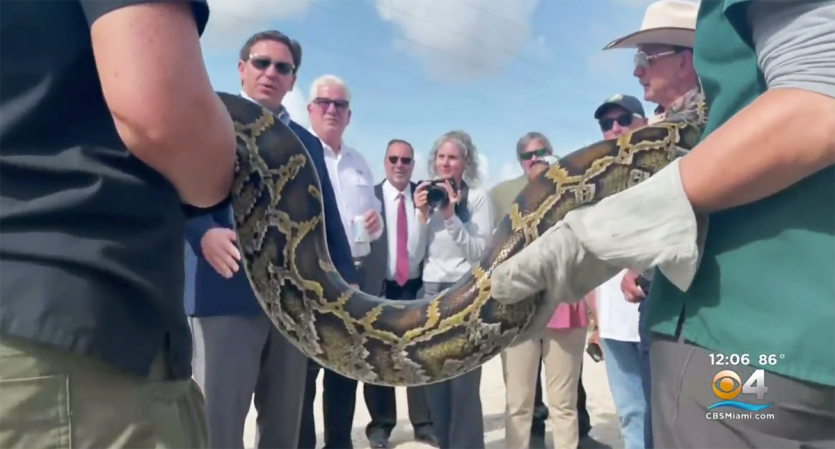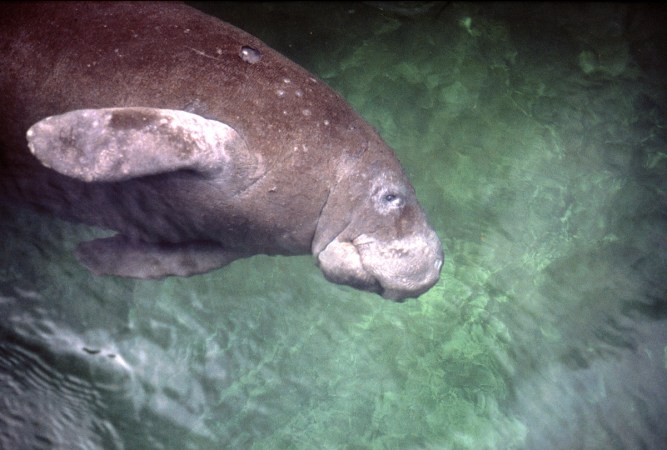On April 4, Florida Gov. Ron DeSantis signed a bill into law directing 96 percent of funds from a new agreement with the Seminole Tribe of Florida to multiple land, water, and wildlife protection initiatives. The 2021 Seminole Gaming Compact was a “historic agreement” between the state and the tribe that handed executive control of all online sports betting in the state to the Seminole Tribal Gaming Commission, a move that upset competitors in Florida’s gambling industry and even spurred legal action. In return, the tribe agreed to pay revenues back to the state to the tune of $20 billion, $2.5 billion of which would clear in the first five years.
Senate Bill 1638, which passed both chambers of the Florida Legislature unanimously before landing on DeSantis’ desk, establishes how to use those kickbacks to benefit the state’s natural resources.
“The compact is in place, and we’re getting revenue share, and that’s good,” DeSantis told members of the media during a news conference on April 4. “So what are we going to do with that? We are going to dedicate the bulk of the revenue to these restoration programs. So we are looking at about $750 million a year to the state just from the Seminole Tribe gaming compact. That’s a lot of resources.”
The money will be divvied up across a variety of uses, almost all of which will bolster the state’s habitat and wildlife conservation efforts. A press release from the Florida Senate highlighted the following allocations:
- $100 million each fiscal year to support and acquire lands and conservation easements within the Florida Wildlife Corridor
- $100 million for the management of state-owned lands and removal of invasive species
- $100 million for the implementation of Florida’s Statewide Flooding and Sea Level Rise Resilience Plan
- The remainder of funds available each fiscal year will implement Florida’s Water Quality Improvement Grant Program ($79 million this year)
The Florida Wildlife Corridor refers to the 17.7 million acres of wildlife habitat and working lands that create a continuous web from far-west Florida on the Alabama border to the Everglades and the Keys. The Sunshine State is home to an incredible amount of biodiversity, the Florida Wildlife Corridor Foundation points out. Some 131 endangered and threatened species live in and rely on the corridor for migration, genetic diversity, and more space from a fast-urbanizing state.
Read Next: Endangered Sawfish Are Dying in the Florida Keys and Scientists Aren’t Sure Why
Tribal chairman Marcellus Osceola spoke highly of the decision to spend the money on protecting and conserving the ancestral homelands and waters of the Seminole people.
“The Tribe is always going to be part of the state. This is our home. This is where we grew up. This is where we’ll be buried,” Osceola said. “Myself and the governor may not be in these elected positions [in the future], but the Tribe and the state will always be great [partners] … [going] forward to protect all of the natural resources.”


